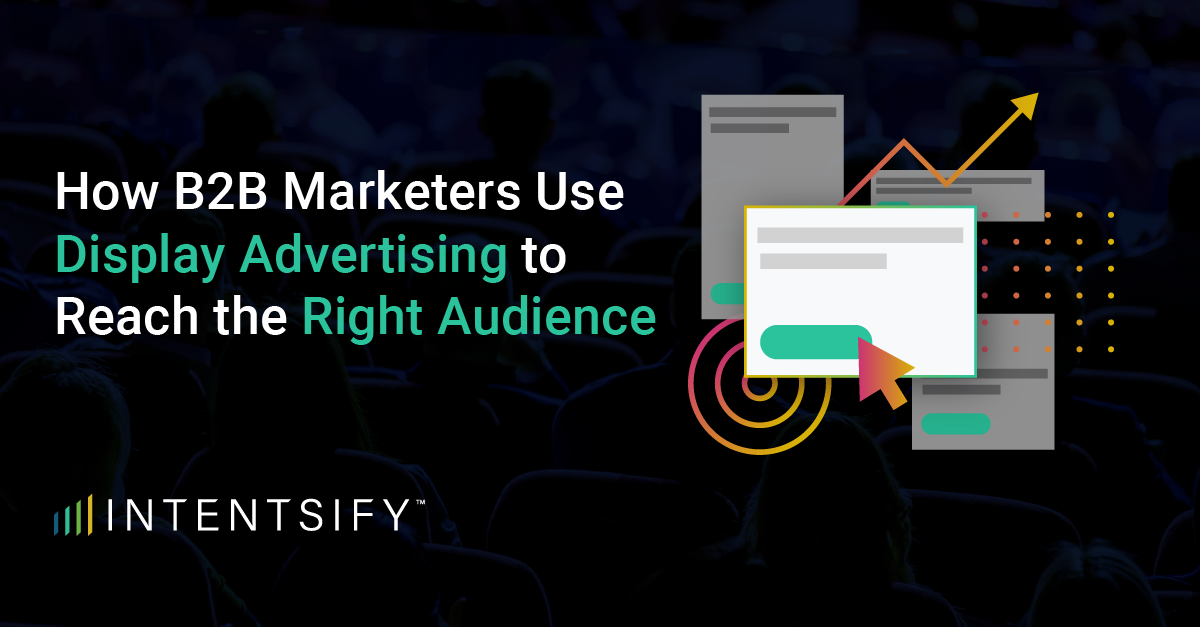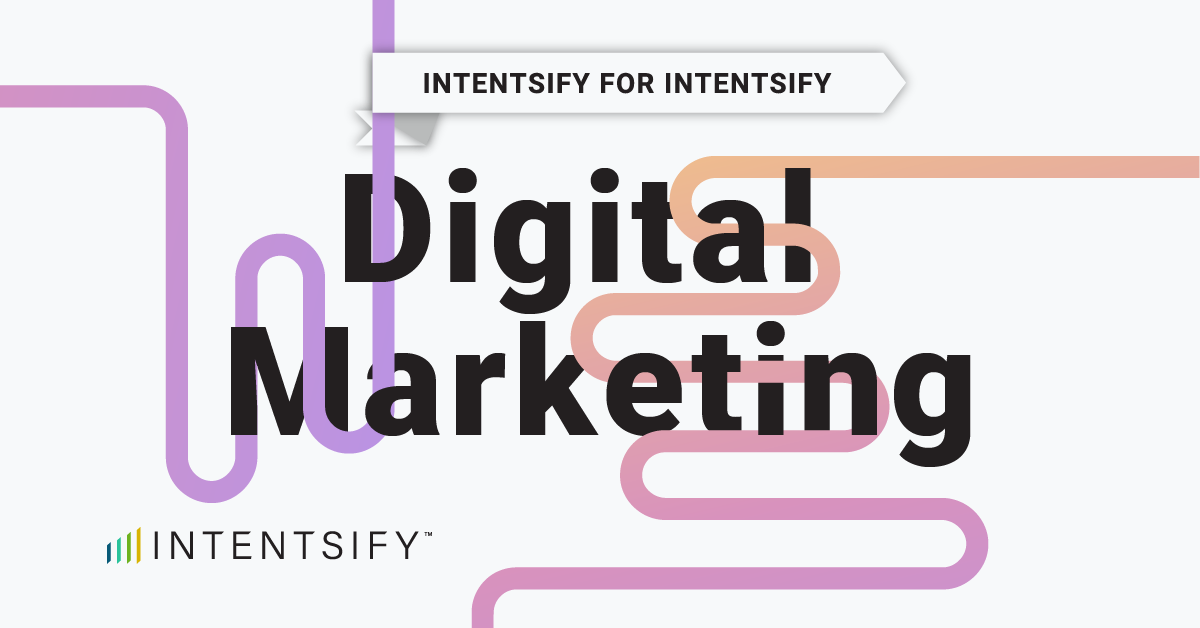Cutting through the noise and reaching the right decision-makers can feel like navigating a labyrinth. B2B marketers need an omni-channel approach to ensure their message is served to the right people at the right time. This is where display advertising comes in, offering a powerful tool to target your ideal audience with laser focus.
Why Display Advertising Matters
Display advertising encompasses banner ads, video ads, and other visual elements strategically placed across websites, mobile apps, and online publications. Gone are the days of generic display campaigns. You don’t have to wait and hope someone comes across your ad; you can target them directly.
Today’s B2B display advertising boasts sophisticated targeting options, allowing you to tailor your message to highly specific audience segments. This level of precision makes it a game-changer for marketers, offering several key benefits:
-
Increased Brand Awareness: Display advertising allows you to get your brand in front of relevant audiences, even when they’re not actively searching for your product or service. Consistent brand exposure fosters recognition and builds trust over time.
-
Targeted Lead Generation: By leveraging specific targeting options, you can ensure your ads reach individuals most likely to be interested in your offerings. This translates to better conversion rates, higher quality leads, and a more efficient use of your marketing budget.
-
Enhanced Customer Journey Support: Display advertising acts as a valuable complement to your content marketing strategy.
Pro Tip: Imagine a scenario where a potential customer downloads a whitepaper through your content syndication efforts. Retarget them with display ads that offer the next step in their research journey (self-guided demos, how-to guides, etc.) to ensure your brand stays at top-of-mind.
Targeting Options for B2B Display Advertising
The key to successful B2B display advertising lies in precise audience targeting. Here are some key targeting options to leverage for reaching your ideal audience:
-
Demographic Targeting: Reach decision-makers based on factors like age, income, job title, and industry.
-
Firmographic Targeting: Target specific companies based on factors like size, location, and revenue.
-
Behavioral Targeting: Tailor your message to user behavior, such as websites they visit, content they consume, and past purchases.
-
Contextual Targeting: Display your ads on websites and publications relevant to your industry and target audience’s interests.
-
Keyword Targeting: Reach users who are actively searching for keywords related to your product or service.
-
Retargeting: Re-engage website visitors who have shown interest in your brand by displaying targeted ads across the web.
-
Lookalike Audience Targeting: Leverage platform data to reach new audiences with similar characteristics to your existing customers.
Beyond Targeting: Optimizing Your B2B Display Campaigns
While targeting sets the stage, a successful display campaign requires further optimization:
-
Compelling Creatives: Go beyond generic banners. Invest in high-quality visuals and clear messaging that resonates with your target audience.
-
Strategic Ad Placement: Choose websites and publications frequented by your ideal audience to maximize reach and relevance.
-
Landing Page Optimization: Ensure your landing pages offer a seamless user experience and clearly articulate the value proposition of your product or service.
-
A/B Testing: Test different ad variations, messaging, and landing pages to identify what components resonate best with your audience.
-
Campaign Measurement: Track key metrics like impressions, clicks, click-through-rate (CTR) and conversions to get insight on campaign effectiveness and ROI.
How Does Display Compare to Other Channels in Terms of Cost Effectiveness and ROI?
Display ads offer precise targeting, which can lead to higher conversion rates compared to more traditional forms of advertising (think retargeted banner ads on a website you frequent vs a billboard on the highway).
However, the cost-effectiveness and ROI can vary depending on a variety of factors: quality of ad creatives, your product offering, industry competition, and accurate targeting for your ICP.
Remember: Always compare your results with industry benchmarks to understand if your display strategy is performing as well as it could be.
What are the Potential Challenges or Limitations of Using Display Advertising in B2B Marketing?
Have you ever seen the same ad on your phone repeatedly? When you think of your own experience as a consumer, digital advertising is not without its challenges. And reaching niche B2B audiences through display can be even harder than B2C. A few key challenges include ad fatigue in your target audience and potential ad blockers (people who decline seeing ads through hosting sites).
How Can Marketers Overcome These Challenges?
Understanding challenges from the start makes it easier to overcome them. To combat ad fatigue, refresh your ad creatives regularly. The goal of digital marketing is to reach the right audience at the right time.
By leveraging intent data to form your target audience, you can target buyers who are researching your solution, resulting in even more precise targeting and overall better ROI. To measure the effectiveness of display advertising in influencing B2B purchasing decisions, you should implement robust tracking and attribution models.
Finally, display advertising is not a one-stop-shop, for an integrated marketing approach to be successful, it’s important to align all channels to create a cohesive message for your audience.
In the B2B world, reaching the right audience is foremost. By leveraging the power of display advertising with sophisticated targeting options, you can ensure your message resonates with qualified leads, fosters brand awareness, and ultimately drives business growth.
Don’t forget, display advertising works best when integrated into a holistic marketing strategy, complementing your content marketing, nurture segmentation and other paid efforts to propel potential customers towards a conversion and sale. So, refine your targeting, craft compelling creatives, and watch your B2B display campaigns excel.







